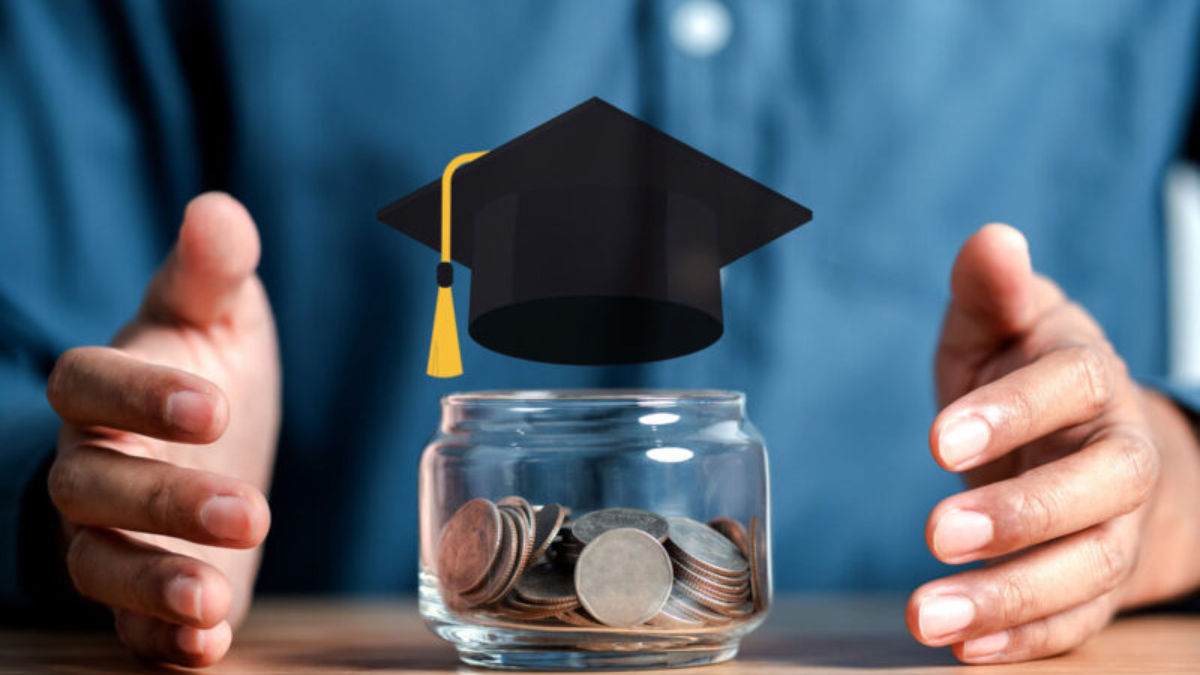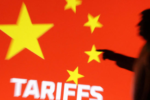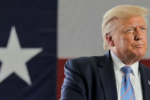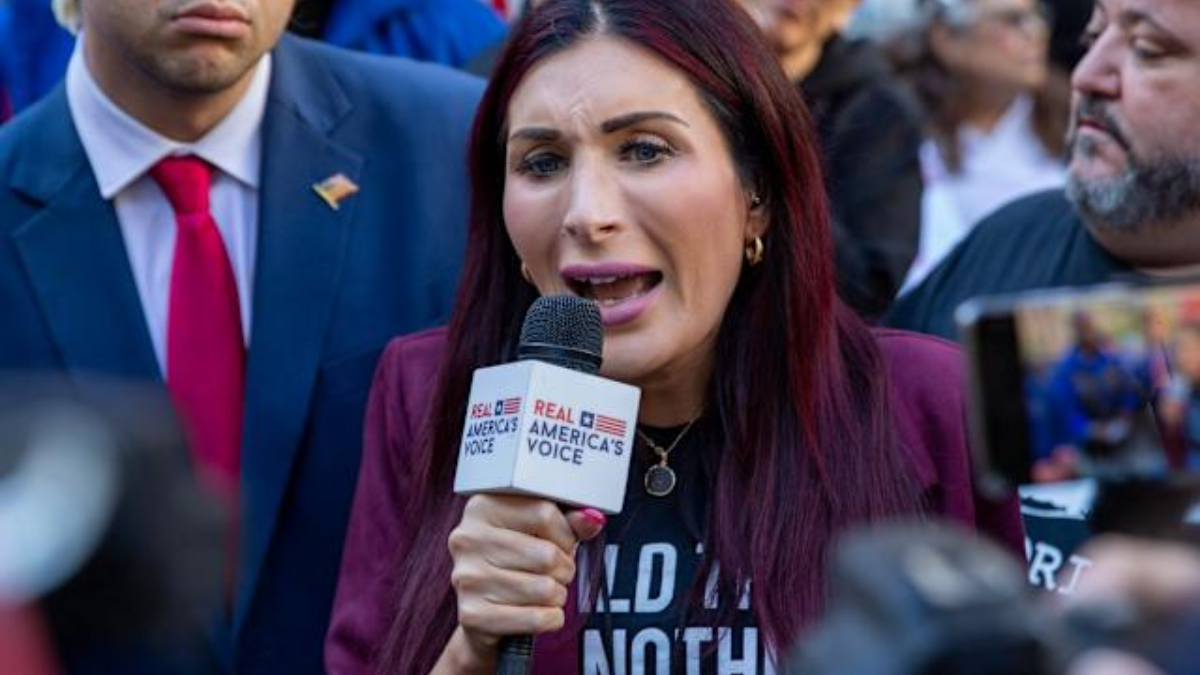In a major shift from previous education policy, the White House is moving to dismantle several student loan forgiveness initiatives introduced during President Joe Biden’s administration. The reversal, driven by President Donald Trump’s team, targets popular debt-relief programs including the SAVE (Saving on a Valuable Education) plan and expanded Public Service Loan Forgiveness (PSLF) reforms.
The administration’s rationale is rooted in controlling federal spending and recalibrating what it calls “fiscally irresponsible handouts.”
For millions of Americans holding federal student debt, this change signals increased financial pressure and a likely return to more rigid repayment structures. Legal battles, ideological differences, and policy confusion have now put the future of Biden’s signature debt relief programs into limbo.
SAVE Plan Blocked by Court Ruling
One of the most ambitious plans under Biden was the SAVE plan—an income-driven repayment initiative designed to lower monthly payments and eventually forgive remaining debt. The plan was expected to benefit over 20 million borrowers.
However, in February 2025, a federal appeals court issued an injunction blocking the Department of Education from moving forward with parts of the plan, citing a lack of explicit congressional authority.
The ruling mirrors the 2023 Supreme Court decision that struck down Biden’s broad loan cancellation plan. Critics, including Republican lawmakers, called the plan an overreach of executive power, arguing it unfairly shifted debt burdens to taxpayers.
For more information on the legal status of student loan programs, visit the U.S. Department of Education.
Reversing Course on Public Service Loan Forgiveness
Under President Biden, the PSLF program was expanded to include more types of employment and to streamline the application process. Nearly one million borrowers have since received debt forgiveness, a stark increase from the fewer than 10,000 under earlier administrations.
President Trump’s administration has now rolled back those expansions. Only full-time workers in core public service roles—such as teachers, nurses, and military service members—will now qualify. Other applicants previously covered under the expansion may lose eligibility, a decision that has sparked outcry among nonprofits and labor unions.
White House spokespersons claim the change restores “integrity and accountability” to the program. “This isn’t about punishing service workers,” said one senior official. “It’s about focusing resources on those who serve in truly critical roles.”
Collections on Defaulted Loans to Resume
Adding to the upheaval, the Department of Education will resume collection activities on defaulted federal student loans starting May 5, 2025. This decision ends a pause initiated during the COVID-19 pandemic that offered relief to tens of millions of borrowers.
Officials state that resuming collections is necessary to reduce long-term budget deficits. However, borrower advocates warn that renewed collection efforts could push millions into deeper financial instability. According to the Consumer Financial Protection Bureau, roughly 20% of borrowers are already at risk of delinquency.
Borrowers in default may face wage garnishment, tax refund seizures, and ineligibility for future federal aid. The administration has encouraged affected individuals to contact their loan servicer or explore loan rehabilitation options.
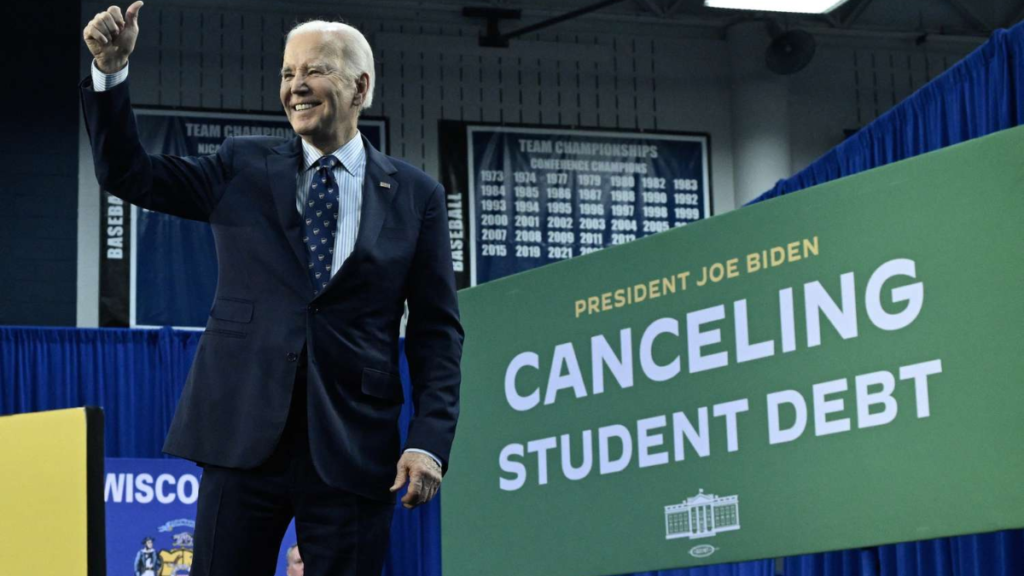
Economic and Political Implications
The White House’s decision to target Biden-era student loan forgiveness programs has broader political and economic consequences. While Republicans argue that restoring fiscal discipline is essential, Democrats claim the reversal will hinder upward mobility and economic recovery for millions of Americans.
Progressive lawmakers like Senator Elizabeth Warren have condemned the move, calling it “a slap in the face to working families.” On the other side, Republican leaders argue the Biden programs were “legally dubious and economically reckless.”
With student debt remaining a top issue among younger voters, the debate is likely to influence the 2026 midterm elections. The Biden administration had long championed forgiveness as a tool for closing the racial wealth gap and stimulating home ownership among millennials.
What Borrowers Should Do Now
Borrowers currently enrolled in programs impacted by the policy shift should take immediate steps to reassess their repayment plans. Key actions include:
- Visiting the official Federal Student Aid website for updates
- Contacting loan servicers to confirm current repayment obligations
- Exploring consolidation, income-driven repayment options, or deferment/forbearance
Legal experts also recommend that borrowers monitor court decisions closely, as further rulings could re-activate or permanently halt relief efforts.
Conclusion: A Defining Moment for Education Reform
The rollback of Biden-era student loan forgiveness initiatives marks a defining shift in American education policy. While the Trump administration frames the changes as necessary corrections, millions of borrowers now face renewed uncertainty.
With legal battles ongoing and political tensions high, the future of student loan reform remains unresolved. Borrowers, lawmakers, and education advocates alike will be watching closely as the debate over college debt continues to dominate the national conversation.
Disclaimer – Our team has carefully fact-checked this article to make sure it’s accurate and free from any misinformation. We’re dedicated to keeping our content honest and reliable for our readers.

